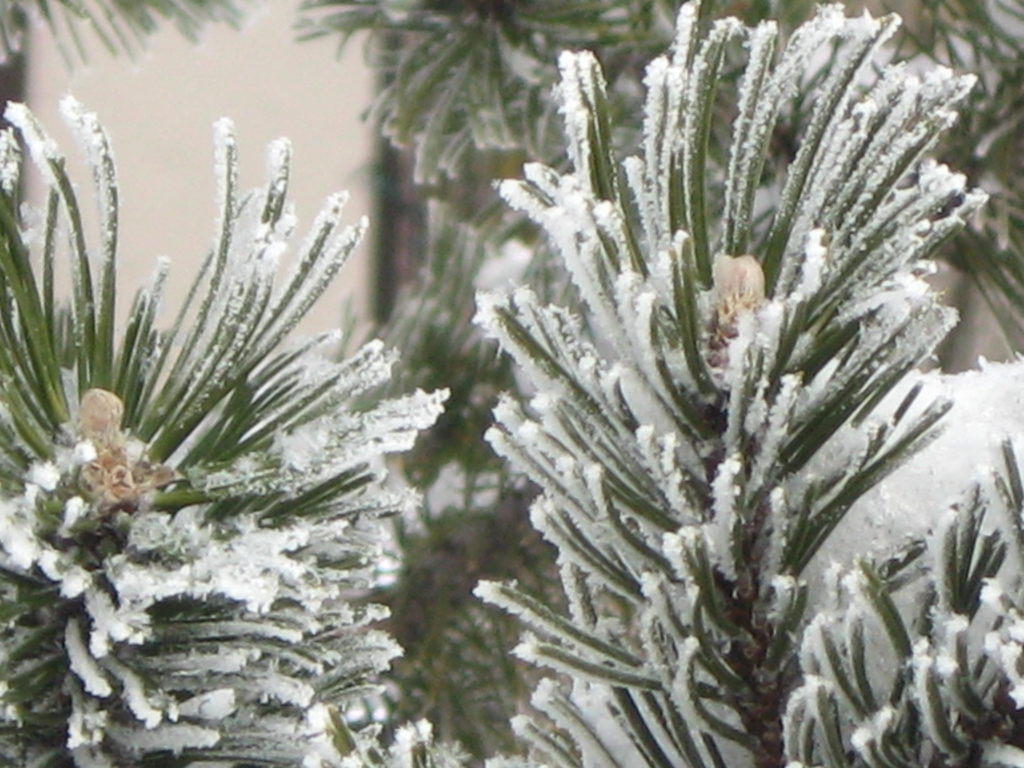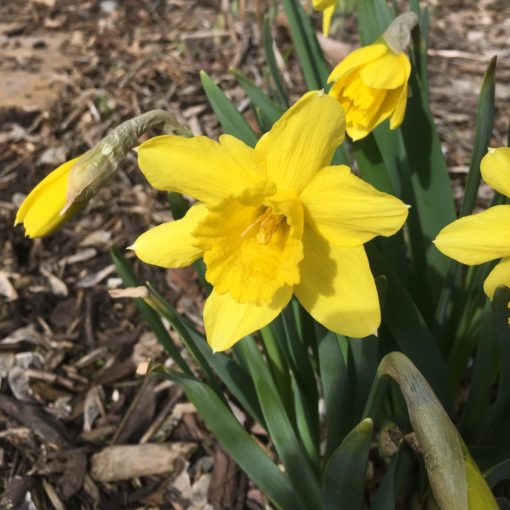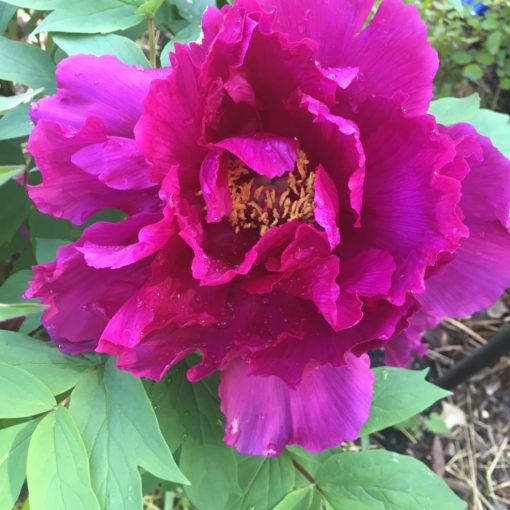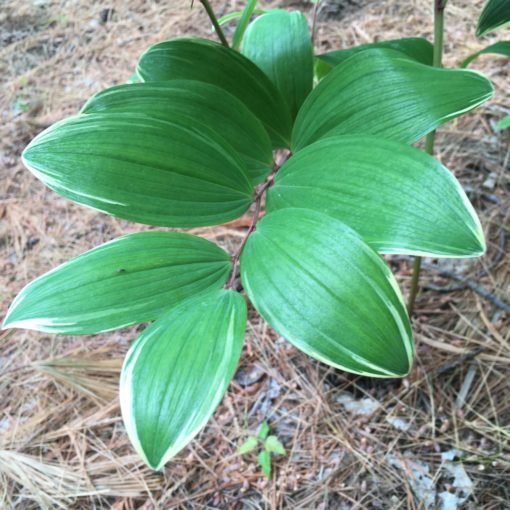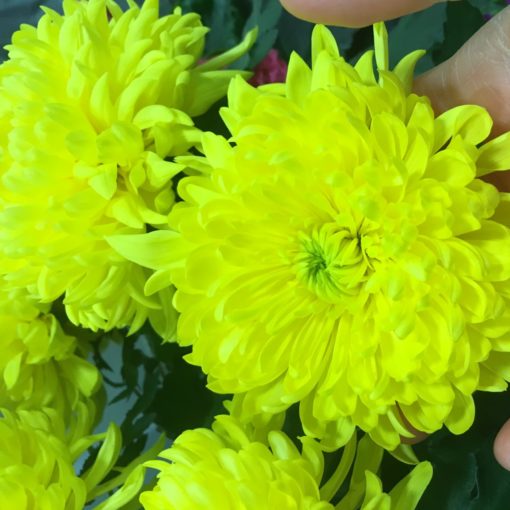With its unveiling of the newly updated Plant Hardiness Zone Map, the USDA has brought valuable insights for gardeners across the country. These noteworthy changes to our growing zone may not surprise some as they expand on the previous Zone Map with increased data collection points that show a clear warm zone in and around the urban areas of our region. Let's dive into what this means for the home gardener in the Twin Cities!
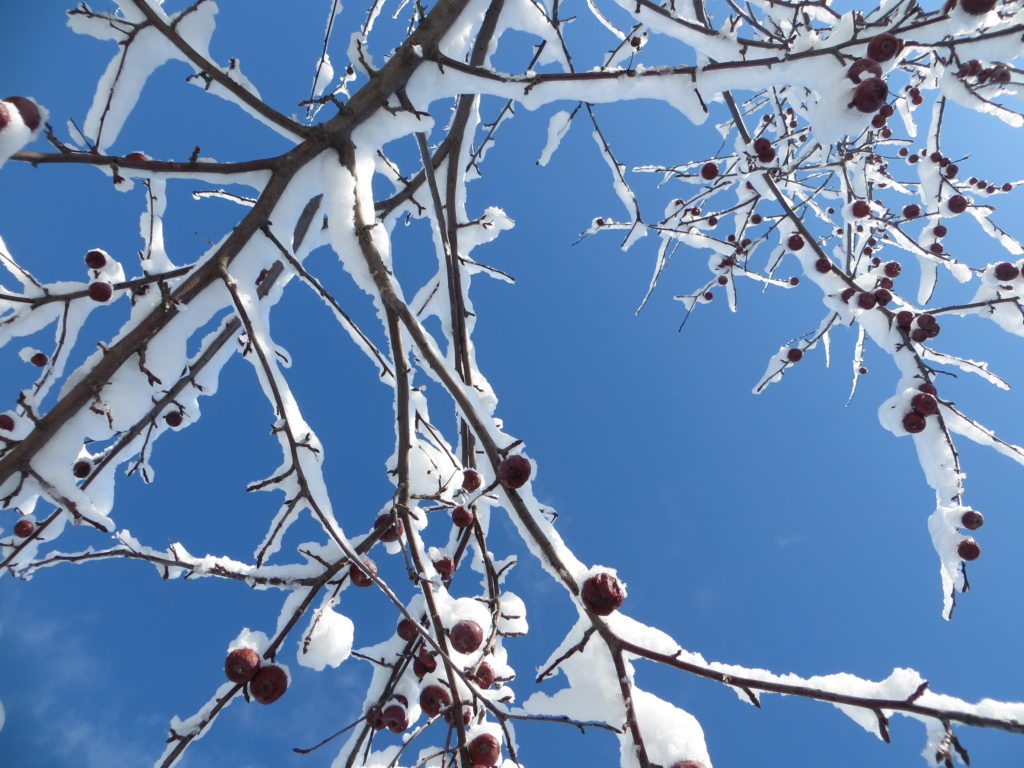
What’s a Plant Hardiness Zone?
The USDA Plant Hardiness Zone Map is an important tool for identifying one key factor in plant selection for landscapers and gardeners. It divides the United States into zones based on average annual minimum winter temperatures, helping individuals select plants that are likely to thrive in their specific climate conditions. Plant Hardiness Zones are numbered to identify 10-degree ranges in average low temperatures, and those bands are further separated into 5-degree segments, indicated by the suffix a or b to indicate the higher or lower end of that range. For most perennials, shrubs, and trees, it is the hardiness of the roots or rootstock that is important when determining whether it will survive the winter, as the top 18 or so inches of soil can freeze solid in our region. It is vitally important to recognize that the Plant Hardiness Zones are based on averages of 30 years of data, and do not indicate the coldest ever recorded temperatures in those regions. Some plants will tolerate brief periods of extreme cold better than others, so it is important to consider the USDA Plant Hardiness Zones as a general guide.
Changes to our Zone
The Twin Cities, encompassing Minneapolis and St. Paul and surrounding regions, have experienced a noticeable shift in their hardiness zones. Previously classified as Zone 4b, our region has now been reclassified as Zone 5a, signifying an increase of 5 degrees Fahrenheit to the average lowest temperatures of the past 30 years. This shift may seem very slight to some, and in many ways, it is, but it can mean quite a lot to the plants that survive in our region. Part of the reason for this shift is that the data collection for the USDA has increased in volume and number of data points, allowing for a higher level of detail in the borders of where zone conditions change.
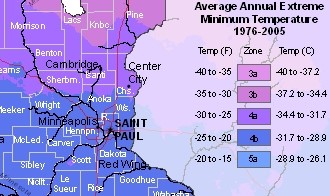
The above image shows the previous USDA Zone Hardiness Map as dated 1976-2005, compared to the below image from the recent update.
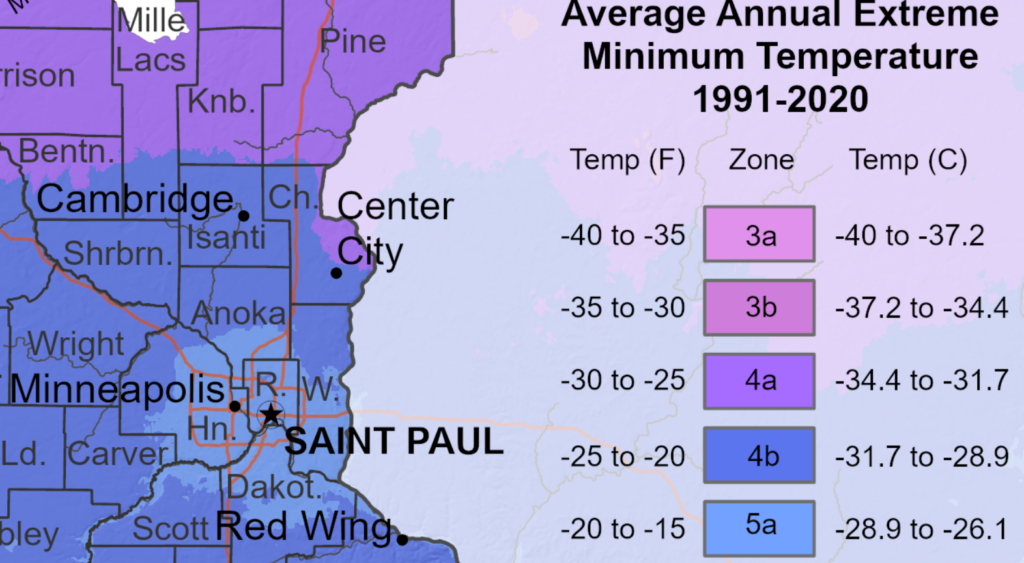
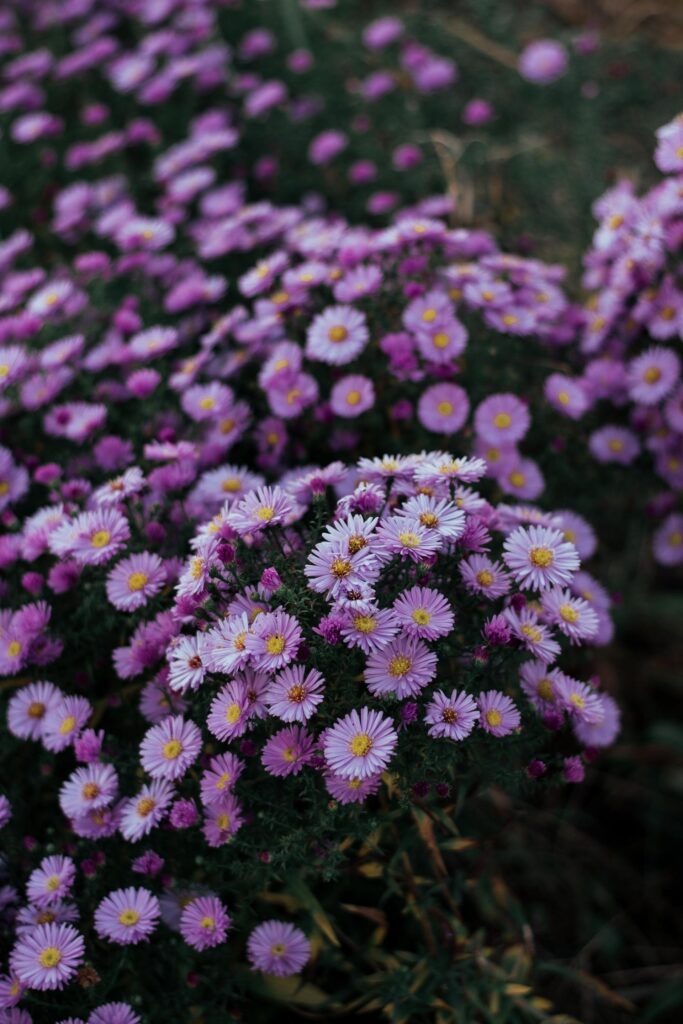
Implications for Gardeners
Gardeners in the Twin Cities area will find that this update opens up new possibilities for plant selection. This may look like big box stores rushing to offer plants from this new growing zone as exciting new opportunities without including essential education for customers on the special care that those plants may require in the borderline of our zones.
While plants that were once considered borderline hardy may now have a better chance of surviving the winter months, this does not mean that all Zone 5 plants will automatically be successful in your landscape. This change provides an opportunity to experiment with a wider variety of species, potentially introducing more diversity and resilience to local landscapes. On the other hand, this can also mean that pests and diseases that previously were not able to survive in our region may find a foothold here now, wreaking havoc on our existing ecology.
This Changes Everything and Nothing
While the updated Plant Hardiness Zone Map sheds light on important changes to our region, it does not mean that everything about our garden sites has changed. Vital factors like light exposure, soil composition, and moisture will continue to make the vast majority of impact on our plant pallet selections. A major factor of our zone is the extreme range of conditions we experience in a season. So far in 2023, we have experienced temperatures that topped out at 98 Fahrenheit and dropped to -13. Our precipitation levels have varied from a three-year drought to incredibly wet conditions in the course of a few months. Additionally, the possibility of having long stretches of extreme cold, or fluctuating temperatures that break the dormancy cycle of trees and shrubs can have disastrous consequences for plants in the landscape. Recognizing that one piece of data (average low temperatures) is only part of the picture. Zone hardiness is one factor in ensuring the success of a plant in the landscape, but it does not remove the necessity to consider all factors when selecting plants.
